Alan Hirsch - A Short History of Presidential Election Crises: (And How to Prevent the Next One)
Here you can read online Alan Hirsch - A Short History of Presidential Election Crises: (And How to Prevent the Next One) full text of the book (entire story) in english for free. Download pdf and epub, get meaning, cover and reviews about this ebook. year: 2020, publisher: City Lights Publishers, genre: Politics. Description of the work, (preface) as well as reviews are available. Best literature library LitArk.com created for fans of good reading and offers a wide selection of genres:
Romance novel
Science fiction
Adventure
Detective
Science
History
Home and family
Prose
Art
Politics
Computer
Non-fiction
Religion
Business
Children
Humor
Choose a favorite category and find really read worthwhile books. Enjoy immersion in the world of imagination, feel the emotions of the characters or learn something new for yourself, make an fascinating discovery.
- Book:A Short History of Presidential Election Crises: (And How to Prevent the Next One)
- Author:
- Publisher:City Lights Publishers
- Genre:
- Year:2020
- Rating:5 / 5
- Favourites:Add to favourites
- Your mark:
A Short History of Presidential Election Crises: (And How to Prevent the Next One): summary, description and annotation
We offer to read an annotation, description, summary or preface (depends on what the author of the book "A Short History of Presidential Election Crises: (And How to Prevent the Next One)" wrote himself). If you haven't found the necessary information about the book — write in the comments, we will try to find it.
An urgent primer on what can be done to combat emerging threats to the core of U.S. Democracypresidential elections.
In 2000, we learned that an exceptionally close presidential election can produce chaos, because we have no reliable Constitutional mechanism for resolving disputes. Joe Biden just won a presidential election that was extremely close in a number of states. Trumpand his many supportersrefuse to accept the legitimacy of those vote results, leading to an insurrection at the Capitol Building. Where do we go from here?
In A Short History, Constitutional scholar Alan Hirsch presents a concise history of presidential elections that resulted in crises and advocates clear, common-sense solutions, including abolishing the Electoral College and the creation of a permanent, non-partisan Presidential Election Review Board to prevent or remedy future crises.
Hirsch does a very good job of offering historical context to illuminate the presentand the terrifying future. His imaginative proposals are probably too sensible to be implemented in an age of parochial partisanship.David Shipler, former reporter for the New York Times and Pulitzer Prize winner
Democracy is broken, but as Alan Hirsch explains, it really doesnt have to be. This is the real story of how our voting system became so vulnerable to attacks from within and without, told with precision, verve, and even hope. This is the way out.Douglas Rushkoff, author of Team Human
This is a must-read for anyone who cares about safeguarding presidential electionswhich should be everyone.Evan Caminker,Professor and former Dean, University of Michigan Law School
The noted law historian, author of Impeaching the President, examines the handful of seriously problematic presidential elections in American history and what the Constitution elucidates about the process of undoing such an eventnamely, nothing. . . . A highly relevant study featuring much food for thought and prospects for change.Kirkus Reviews, Starred Review
[A] seminal work of meticulous and informative scholarship that should be considered as an essential and unreservedly recommended addition to community, college, and university library Contemporary Political Science collections. It should be noted for the personal reading lists of students, academia, political activists, and non-specialist general readers with an interest in the subject.Midwest Library Review
Alan Hirsch: author's other books
Who wrote A Short History of Presidential Election Crises: (And How to Prevent the Next One)? Find out the surname, the name of the author of the book and a list of all author's works by series.

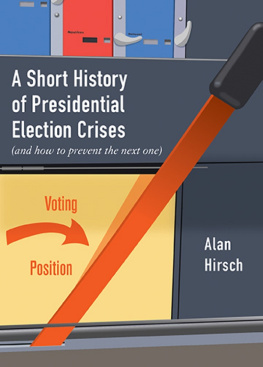
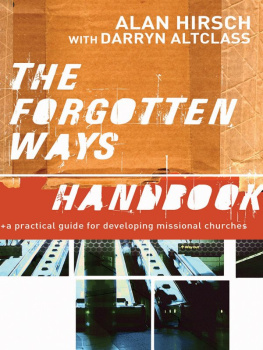
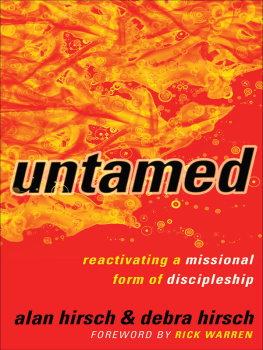

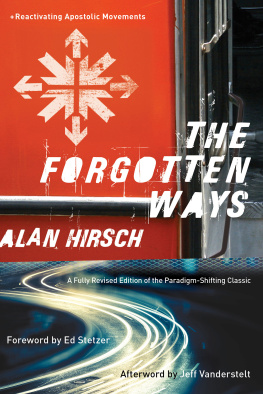

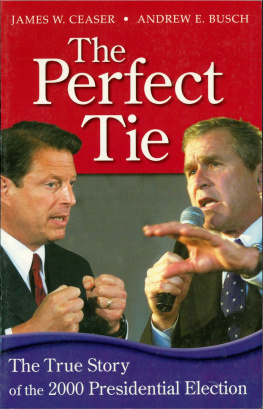

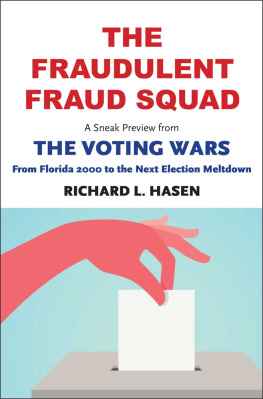
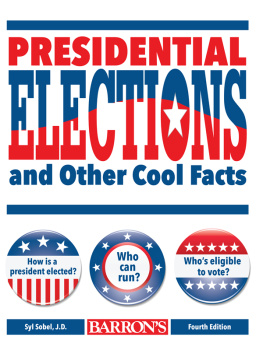
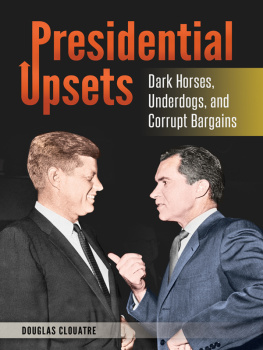
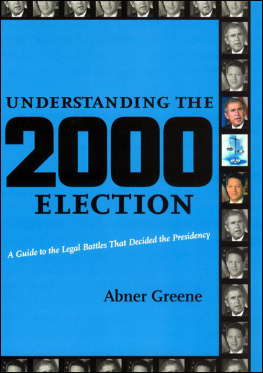
![T. H. Logwood - Voter Fraud and the 2020 Presidential Election; “Joe Biden wins by a Miraculous Landslide” [with appendices]](/uploads/posts/book/259666/thumbs/t-h-logwood-voter-fraud-and-the-2020.jpg)